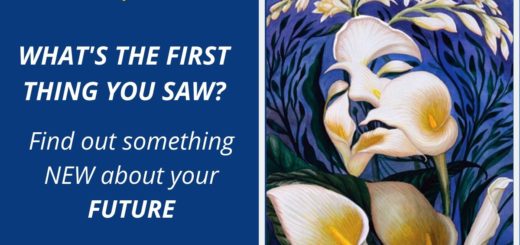Choose One of the Tibetan Symbols and Find Out What it Means!

Tibetan Buddhism has a group of 8 symbols, which are considered the most ancient and famous! We put 5 Choose one of them and find out what they mean!
1. The knot of infinity
Dharma is continuous and relentless, and time is only an illusion. The knot of infinity symbolizes this truth. The search for enlightenment should not mean giving up worldly duties. A knot is a representation of the Buddha’s teaching that religious thoughts and material life are intertwined.
An infinite node is a node that has no beginning or end. It is a knot that radiates calm and movement. It is the idea that everything in this world is interconnected. It also symbolizes the Buddha’s infinite compassion. Initially, this symbol was associated with Vishnu and his constant love for his wife Lakshmi, the goddess of wealth.
2. Wheel
It is one of the oldest and most famous Buddhist symbols dating back to the times of the great Buddhist king Ahsoka in India. The wheel as a whole embodies the teaching of the Buddha.
Its eight rays represent the Noble Eightfold Path of the Buddha, which leads to the spiritual enlightenment of all living beings. The circular shape evokes the idea of perfection: adherence to dharma is the best way out of the infinite cycle of samsara.
The central node of the wheel is its coordinator, in this case, it speaks of internal discipline, which is the essence of the practice of meditation. The rim connects the spokes and holds the whole structure together. This awareness (Samadhi) or “life in the present moment” is the cornerstone of Buddhist teaching. The movement of the wheel forward indicates the spread of the Buddha’s teachings.
Recommended: Receive a Message From Your Guardian Angel
3. Lotus flower
In suffering and sins, we go through a variety of experiences before we reach enlightenment. They say our hearts are like closed lotus petals. The impression of Buddhist virtues will allow the lotus to bloom in full beauty. This is why the Buddha is often depicted sitting on a lotus.
The white lotus is a purity of mind and a developed spirit. The pink lotus is incomparable to its perfection and therefore symbolizes the Buddha himself. The blue lotus symbolizes the conquest of the spirit of the senses, while the red color is associated with the compassionate Avalokiteshvara.
4. Shell
The spiral-shaped shell is a rare discovery and is in harmony with the movement of celestial bodies in the universe. Today, the shell symbolizes the call to prayer. During rituals, it is used to store holy water and a musical instrument. The shell proclaims the widespread influence and sovereignty of the Buddha’s teachings. It symbolizes great spiritual power and is believed to drive out evil spirits.
5. The Urn
The large pearl at the top gives the urn another name: Vase of Treasures. It symbolizes unlimited wealth. Traditionally the Buddhist treasure vessels are filled with sacred materials and placed on the altar. Such vessels are believed to attract wealth. More important is that the urn represents the abundant spiritual wealth of the Buddha. Regardless of what it gives you, you will be more and more available!
For those who want to participate in other tests, we suggest: ↓
Choose a Book of Fate and Read What Advice it Has for You
Find Out What News Await You in the Future, Based on the Bird You Have Chosen
Take a Look at These 3 Cards, Listen to Your Inner Voice, Intuition and Choose One


















